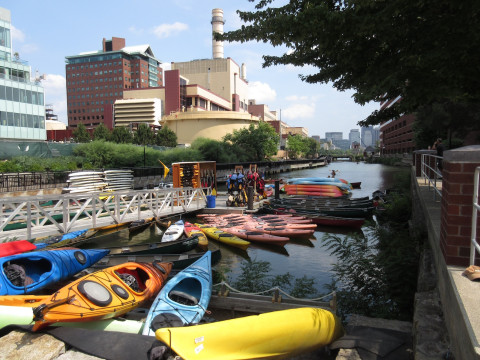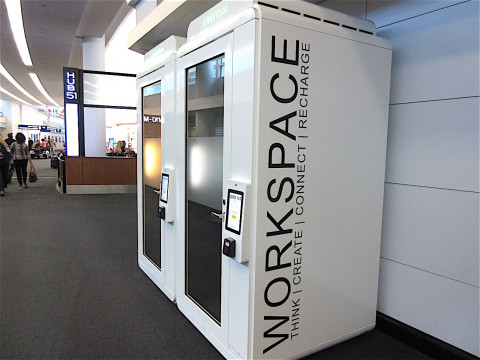Promoting Physical Activity (04-27-23)
The Global Wellness Institute has published the Wellness Policy Toolkit: Physical Activity.
The Global Wellness Institute has published the Wellness Policy Toolkit: Physical Activity.
Patelaki and colleagues’ work confirms the value of developing spaces where people can walk.
Goel and colleagues evaluated workers’ experiences in various sorts of workspaces.

When people are active, moving indoors or outside, they’re likely happier as well as healthier. Their brains work more effectively, they’re better at problem solving, creative thinking, and getting along with others, for instance. Neuroscience research establishes how design can encourage us to get, and keep, a move on.
Mustafa and Ali reviewed published studies to learn how workplace design can encourage people to use stairs instead of elevators.

Comparing workplace effects
Upping activity levels
Koreny and teammates evaluated how urban design influences the activity levels of people with chronic obstructive pulmonary disease (COPD).
Marquet and colleagues link area walkability and greenness to the activity levels of users.
Koohsari and colleagues studied how worker perceptions of workplace layouts influence how active they are during the day.